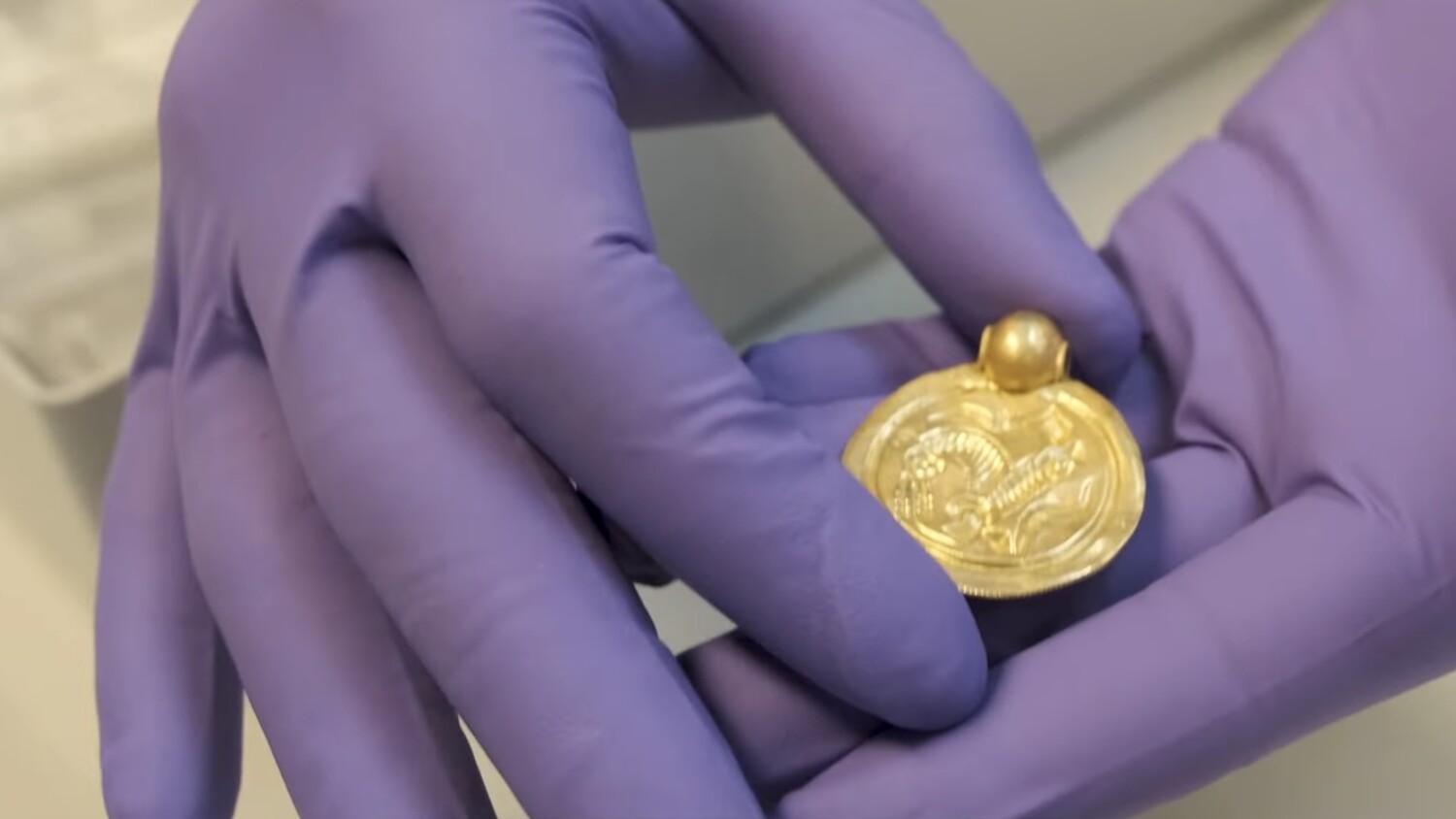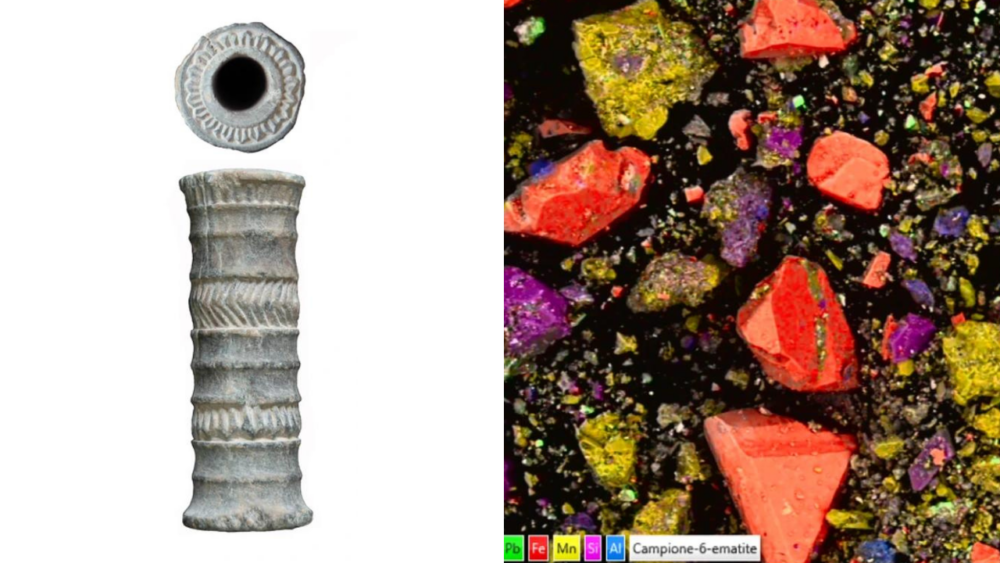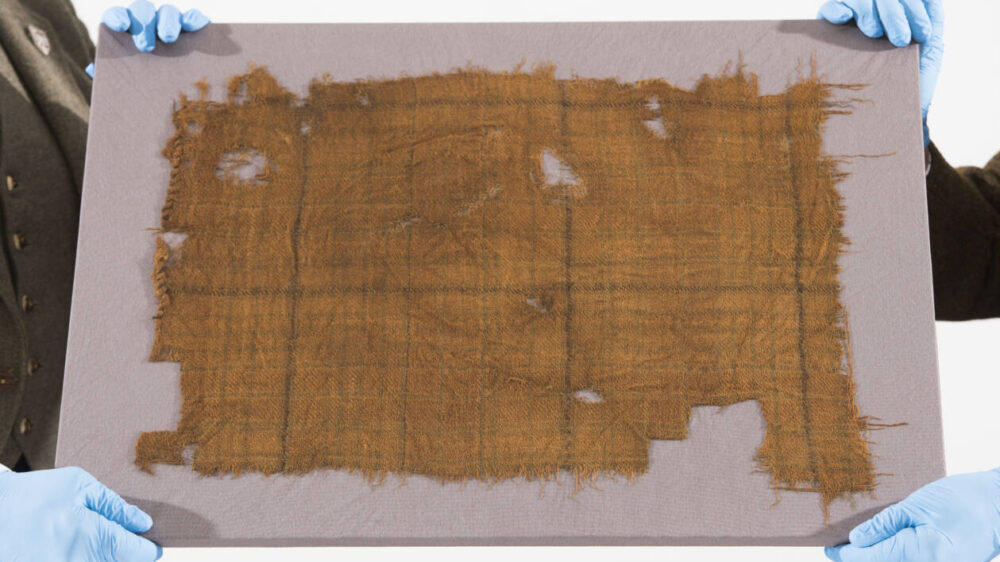Man with metal detector makes the ‘find of the century’
Regular exercise provides all kinds of benefits to one’s physical and mental health. For one Norwegian man, however, his new exercise routine is having a positive effect on his entire nation.
Erlend Bore started strolling beaches with a metal detector as a way to get up and get moving. He only recently took up the hobby after his doctor recommended more physical activity for the 51-year-old.
Bore brought his metal detector for a jaunt on the Norwegian island of Rennesoy, north of his home in Sola, in August. He hadn’t found much and was about to head home when the detector pinged to notify him that there was an object in his path.
Like an old metal-detecting pro, Bore assumed the find was another cache of random trash, possibly chocolate coins or toy pirate treasure.
MORE: Pyrite, known as fool’s gold, may now be a real treasure
Instead, Bore found an assortment of ancient jewelry from around 500 A.D., during what’s known as the Migration period in Norway. The stash included gold rings, ornate pendants and beads.
Bore knew he’d unearthed something special. He photographed and collected the items, marked the spot and alerted local authorities. They, in turn, contacted experts from the nearby University of Stavanger.
The Museum of Archaeology at the university posted a YouTube video on the discovery.
MORE: Man just starting to use a metal detector found 2 pounds of gold in a field
“This is the find of the century in Norway,” said the museum’s director, Ole Madsen, in a press release. “Discovering such a significant amount of gold at once is extremely rare.”
Archaeologists noted an unusual design on the coin-like pendants, which are called bracteates. Other, similar objects from the time period depict the Norse god Odin rescuing an injured horse. These bracteates show only the injured horse.
“This period likely marked a crisis with crop failures, worsening climate and plagues,” said Associate Professor Håkon Reierson in the press release. “Based on the location of the discovery and findings from similar contexts, these were most likely either hidden valuables or offerings to the gods during that dramatic time.”
According to the museum’s expert Sigmund Oehrl, the horse represented illness and hardship, “but also hope for healing and a new life.”
For now, Bore is waiting to hear what his reward might be. Under Norwegian law, ancient objects like these automatically belong to the government, and Bore will split a finder’s fee with the private landowner.
“I didn’t sleep much for several nights after the find, I was so high on adrenaline,” Bore told NBC News.
Following his stroke of luck, Bore is back out there with his metal detector. He hasn’t found more priceless cultural treasures yet — just a “sheep’s ear tag and the lid of a teapot.”
MORE: Woman found a marble bust at Goodwill for $35, and it’s actually from ancient Rome







